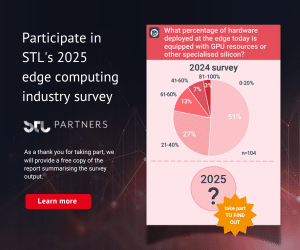Automotive Edge Computing Consortium’s proof of concept targets connectivity challenges

The Automotive Edge Computing Consortium (AECC) has unveiled a collaborative effort between Ericsson and Toyota aimed at enhancing the efficiency and reliability of remote driving and infotainment streaming in connected vehicles.
Focused on addressing current network congestion challenges, the proof of concept (PoC) utilizes the AECC’s distributed computing architecture to optimize existing 5G and edge network resources.
In a bid to ensure the success of data-intensive services like remote driving and infotainment streaming, the initiative aims to improve user experience and unlock the transformative potential of these technologies.
AECC president and chair Dr. Ryokichi Onishi, a principal engineer and general manager at Toyota Motor Corporation, highlights the significance of the PoC in advancing connected mobility services.
“Through strategic rerouting of services and leveraging cutting-edge edge computing technologies, the PoC addresses pressing challenges such as network congestion, thereby paving the way for a smarter, more efficient future. This innovative approach not only optimizes existing network resources but also sets the stage for seamless integration and promising implications for future mainstream services,” Onishi adds.
The PoC specifically targeted remote driving and infotainment streaming services, emphasizing the necessity of low latency and high bandwidth. By dynamically rerouting Edge computing and 5G network resources based on service requirements, the team successfully demonstrated smooth data flow and optimal user experience.
Key highlights of the PoC include service optimization: prioritizing remote driving and infotainment streaming, and seamless integration: advanced monitoring tools in the edge platform swiftly detected congestion, enabling uninterrupted service delivery through dynamic traffic rerouting.
AECC secretary Christer Boberg, head of technology and strategy at Ericsson, emphasizes the potential revenue generation for operators by alleviating network strain for value-added services.
“By alleviating network strain for these value-added services, the PoC paves the way for these services to generate revenue for operators. While this PoC exceeds current market offerings, the demonstration holds immense promise for future integration into mainstream connected mobility services,” Boberg adds.
The Automotive Edge Computing Consortium is an association of cross-industry leaders working to explore the evolving data and communications needs involved in instrumenting billions of vehicles worldwide.
Read more:
MulticoreWare and Imagination collaborate to boost automotive compute workloads
Renesas to develop automotive solutions for autonomous vehicles
Article Topics
AECC | automotive | edge computing | Ericsson | Toyota




Comments